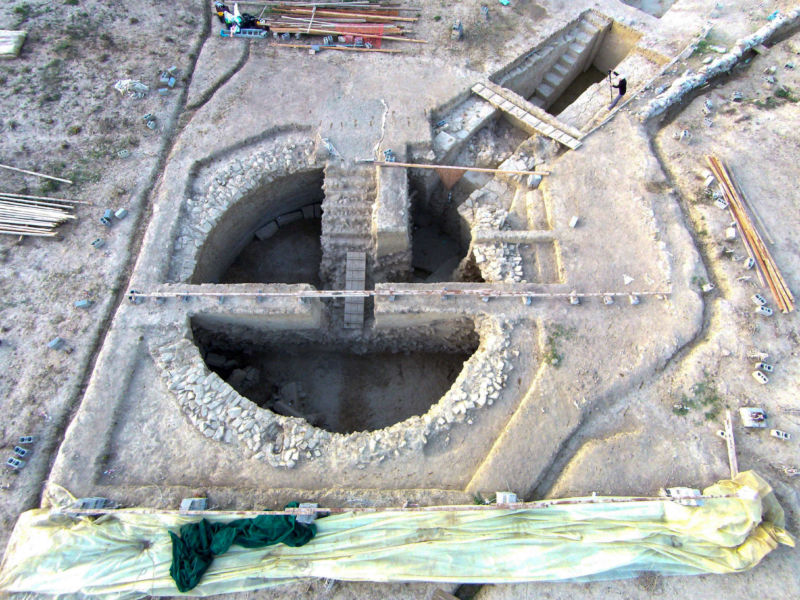Archaeologists unearth gold-lined Mycenaean royal tombs in Greece

Enlarge / Archaeologists used photogrammetry to make a detailed 3D map of the tomb and its contents. (credit: UC Classics)
Archaeologists recently discovered two magnificent 3,500-year-old royal tombs in the shadow of the palace of the legendary King Nestor of Pylos. It's not clear exactly who the tombs' owners were, but their contents-gold and bronze, amber from the Baltic, amethyst from Egypt, and carnelian from the Arabian Peninsula and India-suggest wealth, power, and far-flung trade connections in the Bronze Age world. And the images engraved on many of those artifacts may eventually help us better understand the Mycenaean culture that preceded classical Greece.
Tombs fit for royaltyThe larger tomb is 12m (36 feet) wide and 4.5 meters (15 feet) deep, and stone walls would once have stood that height again above ground. Domes once covered the underground chambers, but the roofs and upper walls have long since collapsed, burying the tombs beneath thousands of melon-sized stones and a tangle of grape vines. University of Cincinnati archaeologists Jack Davis, Sharon Stocker, and their colleagues had to clear away vegetation and then remove the stones by hand.
"It was like going back to the Mycenaean period," Stocker said. "They had placed them by hand in the walls of the tomb, and we were taking them out by hand. It was a lot of work."
Read 10 remaining paragraphs | Comments